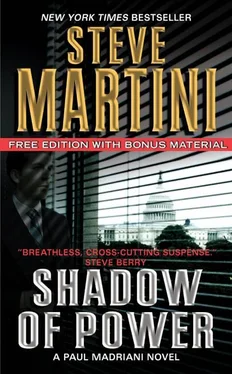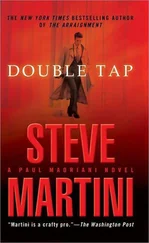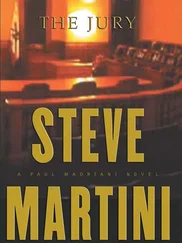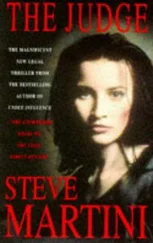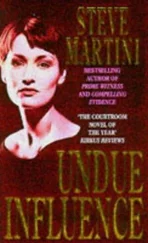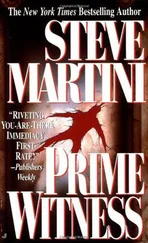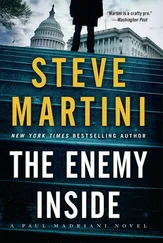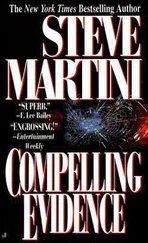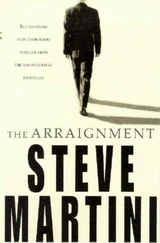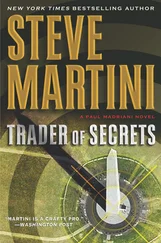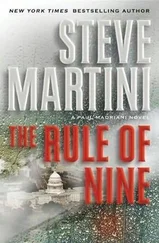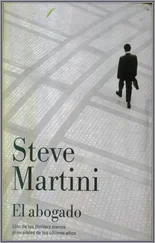The statement in the form of a transcript, questions and answers, is in essence chapter and verse what Carl told Harry and me at the jail-the tray up on his shoulder as he backed into Scarborough’s room, tented under the tablecloth. This along with vigorous denials each time the interrogators, Detrick and his partner, accused him of killing Scarborough. During their questioning they also got into the issue of the bloody pants and shoes. At one point Detrick asked Arnsberg why he simply didn’t burn them, drop them off a pier into the ocean, or toss them into a Dumpster somewhere, where they could not be found. Carl gave him a simple answer, one so hapless and unvarnished that it might just pass for the truth. Carl told the cops that he couldn’t destroy his clothes, because he couldn’t afford to buy new ones and he needed them for work.
It’s one of those ironic situations that can crop up in a trial. As a rule you never want a client to say squat to the cops anytime, anyplace, about anything. But in this case I’m not at all certain that Tuchio would introduce this statement, as there is virtually nothing in it that is incriminating, unless they can punch holes in it with their later witnesses. It also provides us with the argument that, armed with advanced knowledge of the defendant’s explanation for his conduct, the state then reverse-engineered the theory of its case to account for every detail of Carl’s story. Detrick’s reconstruction is just a little too neat.
The reason Tuchio brings the statement in is that he knows if he doesn’t, he can be sure that I’ll ask Detrick about it on cross-examination, in which case Carl’s words would take on much more credence, the inference being that the prosecution was trying to hide them.
While neither Tuchio nor I can be certain how this will play out in front of the jury, one thing is sure: The D.A. cannot cross-examine the printed statement as he could with Carl if I were to put him on the stand. All in all, it may not be such a bad way for Carl to get his story in front of the jury.
Tuchio tries to have Detrick testify as to particulars, the actual content of what was said during the interrogation.
In a snap I’m on my feet objecting. “The document speaks for itself, Your Honor.”
“So it does,” says Quinn. “Sustained.”
The state moves it into evidence, and we spend the next twelve and a half minutes listening as Ruiz, Quinn’s clerk, reads the statement aloud to the jury. This avoids all the inflections, comments, and inferences that you can bet would slip in with Detrick’s color commentary.
When R2-D2 finishes reading, Tuchio turns and looks at me. “Your witness.”
By the time the prosecutor finishes with Detrick, the morning has already crawled past noon and is edging toward one-thirty. Quinn adjourns for lunch. Harry and I scramble to find quick sandwiches and a quiet place where we can closet ourselves. We compare notes, trying to find loose threads from Detrick’s testimony, anything to tug on in cross.
So intense is our focus that, as it does for a patient under anesthesia, the dimension of time seems to disappear. In what seems like seconds, the lunch break is over and we’re back in court.
“Detective Detrick.” I start my question standing behind the counsel table and slowly move around it toward the witness stand. “Do you recall whether-when you entered the hotel room that morning, the scene where the body was found-whether the television was on or off?”
He gives me a kind of quizzical look, raised eyebrows that the jury can clearly see, as if perhaps next I might ask him if the evidence techs were busy channel surfing, looking for reruns of CSI with the remote as they mulled over the body.
He shakes his head, smiling. “No, I think the set was off,” he says.
“You can see it in several of the photographs.”
“And when your officers arrived on the scene, the first responders, was it on or off then?”
“They’re trained not to touch anything in a situation like that. Unless it’s something that threatens to disturb the scene or destroy evidence, they wouldn’t touch it.”
“So we can be fairly confident, then, that the set was off when they arrived?”
“I’d say so, yes.”
“How big is that set, would you say, Detective? Just the size of the screen?”
“I’m no expert on televisions. I’d have to put a tape on it and measure it,” he says.
“I’m sure you watch television once in a while-football games, baseball?”
“Sure.”
“So you have a television at home?”
“Yes.”
“I’ll bet you have one of those big-screen sets?”
“I guess you could call it that.”
“How big is the screen on your set?”
“I get the feeling I’ve stumbled onto the Home Shopping Network,” he says.
Lots of laughter in the jury box.
“I hate to tell you this,” he goes on, “but I don’t know how big the screen on my set is. My wife bought it.”
The jury laughs again. By now we’re all smiling.
“You’ve got a good wife,” I tell him.
“Yes I do,” he says.
“She probably won’t mind, then, when we all come over on Sunday to watch the game?”
More laughter.
“She might draw the line at that,” says Detrick.
We smile and laugh, jocularity all around. Then I drag him back to the point: the size of the screen on the television in the living area of Scarborough’s hotel room.
He finally concedes that it’s a good-size screen.
“And when it’s turned off, as you testified it was on the morning that you arrived at the scene, the screen surface on that set would appear as a dark, glossy glass. Is that a fair description?”
“Yes. I suppose.” I can tell by the look in his eye he’s starting to see it now, where I’m going.
“If you were to stand or sit in front of that big, dark, glass screen when the set was turned off, as it was when your men arrived, is it possible that you could see your own reflection in that screen?”
“Sure. It’s possible.”
“In fact, when that set is turned off, for all intents and purposes the screen acts like a mirror, doesn’t it?”
He looks at me but doesn’t answer. He wants to think about this.
“Yes or no?”
I turn back to my counsel table and pick up a copy of three of the photographs now in evidence.
“I don’t know if I’d go that far,” says Detrick, “but you could probably pick up reflections.”
“May I approach the witness, Your Honor?”
Quinn waves me on.
“Like the reflection in this photograph?” I hand it to the witness as I identify it so the prosecutor and the court can look at their own copies.
He looks at it quickly. “I suppose. Yes.”
I retrieve it from him and hold it up for the jury to see.
“Am I correct that this is a photograph taken by one of your crime-scene technicians?”
“That’s right.”
“And can you tell the jury what you see on the television screen in that photograph?” I show it to him again.
“I’d say that’s the reflection of the photographer and some flash from the strobe on his camera as he shot the picture.”
“And this one?” I hand him another photograph and identify it. “Tell us what you see on the dark television screen in that photograph.”
He puts on a pair of reading glasses now and holds the photo up to the light. “It looks like the reflection of one of my technicians.”
“And where is that technician standing, in relation to the chair that you marked in the diagram? The chair you believe the victim was sitting in when he was struck from behind?” I point to the chair in the scaled mock-up.
“Looks like he’s behind it,” says Detrick.
Читать дальше
